
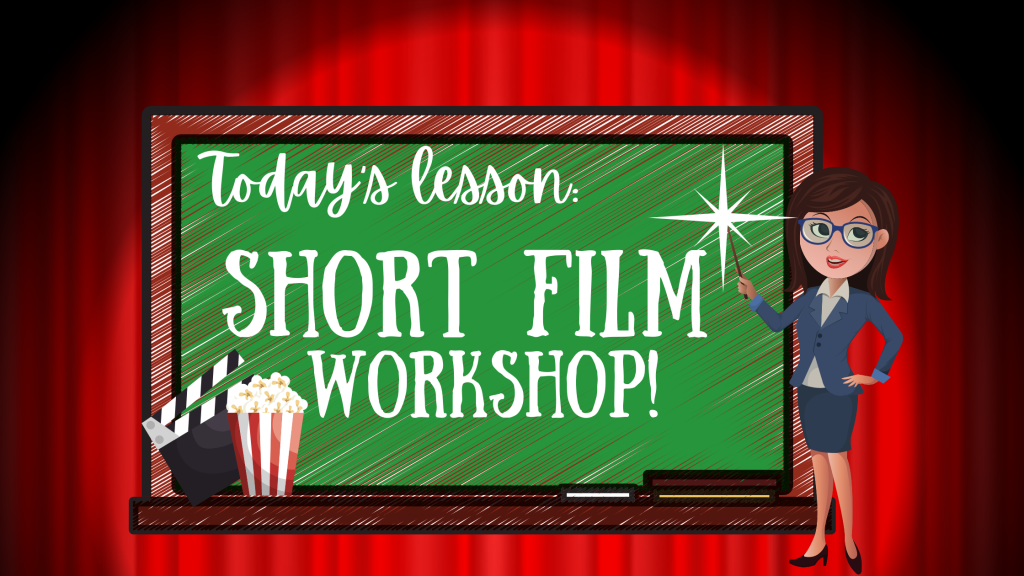


This one is pretty obvious, but students absolutely love short films. They are short and sweet and packed with all of the “feel goods” that cause students to forget they are actually learning. This one is a clear favorite of my students. GLUED: In this funny film, a mother realizes her child is addicted to video games so she tries desperately to persuade him to play outside. Finally, in a hilarious climactic moment, the mother snaps and begins tossing all of his video games outside.

This film is perfect for teaching students to analyze the elements of plot because of the mother’s progressive frustration (rising actions) and her snapping point (climax).
CULMINATING ACTIVITY: Students work through the graphic organizers to develop a plot and create their own narrative story.

Short films are packed full of relatable themes that teach students valuable life lessons that they will remember forever. Consequently, they also happen to be a perfect way to teach theme as a literary element. Joy and Heron and The Present are my two faves for teaching theme. Students are guided to trace the conflicts and resolutions to identify the themes.

❤ This film is great for teaching theme because Joy (the puppy) fights with a bird who is trying to steal her owner’s fishing worms. A touching theme emerges when Joy realizes Heron was only trying to feed her hungry babies.
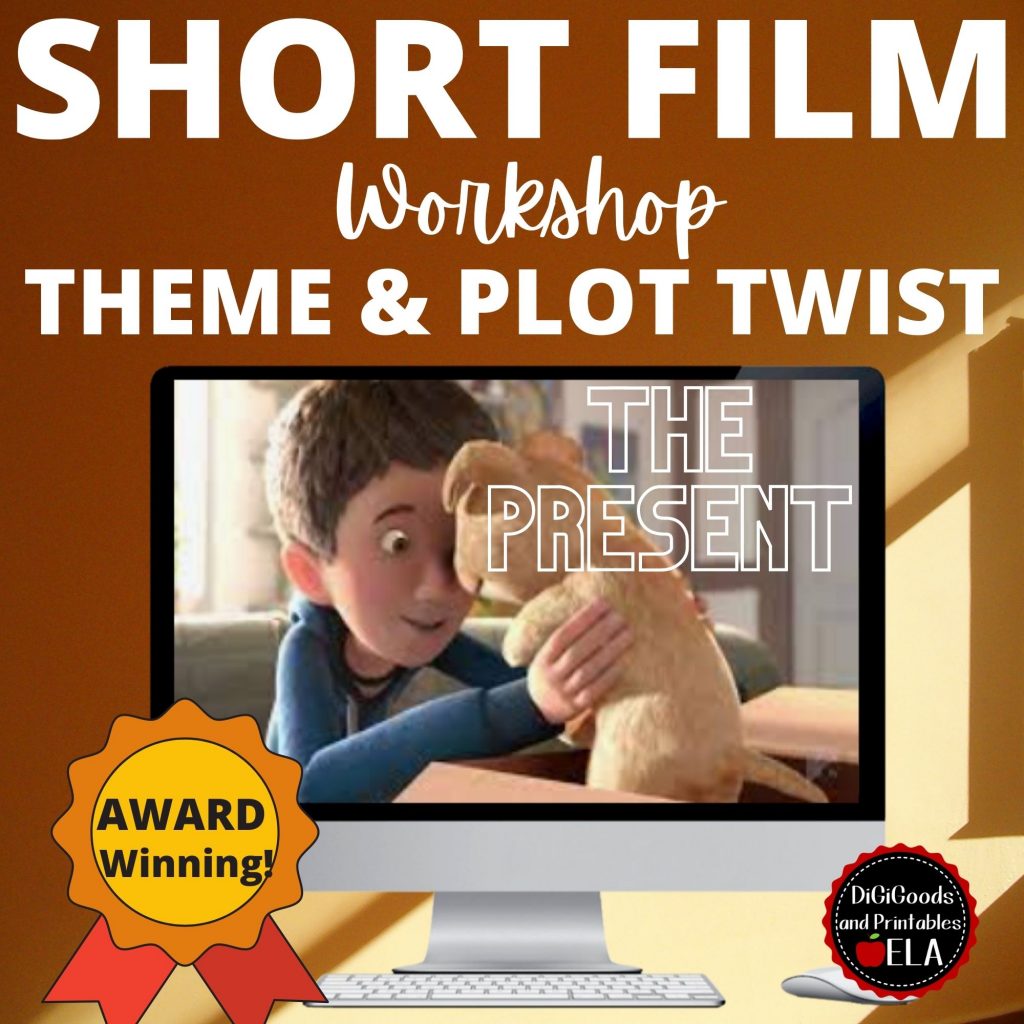
❤ Get your tissues ready for this heart-wrenching plot twist! The boy’s mother gifts him with a puppy that has a missing leg. Students will think this boy is an unbearable brat for rejecting the puppy, until they realize that the boy also has a missing a leg. Not gonna lie. This one brought a little tear.

Short films are a delightful microcosm of literary elements. Unlike full length films, short films can be used to quickly and succinctly teach several literary elements, and show how those elements shape each other, in a single class period. You can find any literary element in short films that can be found in novels or movies, but without the overwhelming and complex plot lines that muddy the concepts you are aiming for. Here are a few examples of how I use short films for teaching literary elements such as: inference, symbolism, cause and effect, conflict, dialogue,

Let’s face it. 21st Century kids have grown up on a steady diet of media. From video games to 3D movies, they are used to the sounds, colors, and actions of film. This can be tough to compete with. So don’t! Use their fascination of media to your advantage. When students are engaged they learn so much more! Serious perk: They will LOVE you for it! “Ah hem. Excuse me while I adjust my crown.”



Using movies and short films to teach literary elements can actually increase student engagement with text. How so? Many of the literary devices and strategies used to create film are the same as those used to create written literature. If you can successfully hook a student into the world of understanding these cool tricks and techniques by teaching with film, they can easily apply the knowledge to text. They will begin seeing books through a whole new lens!
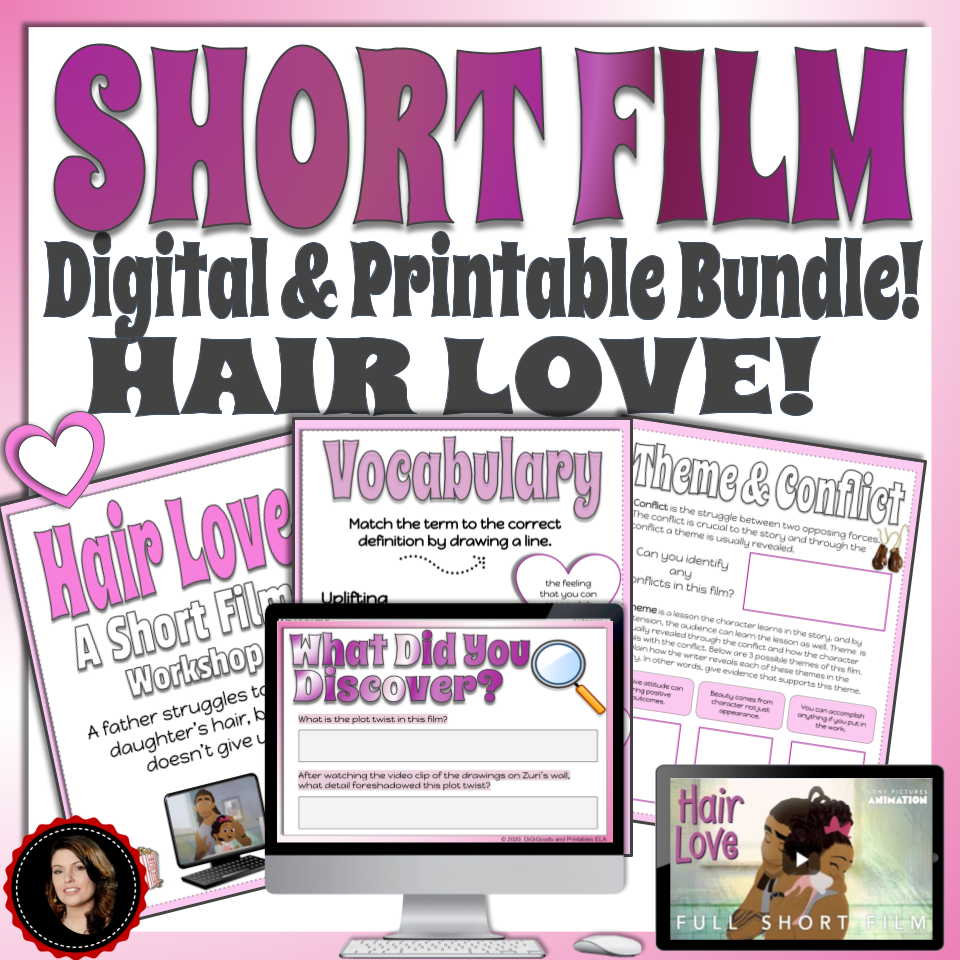

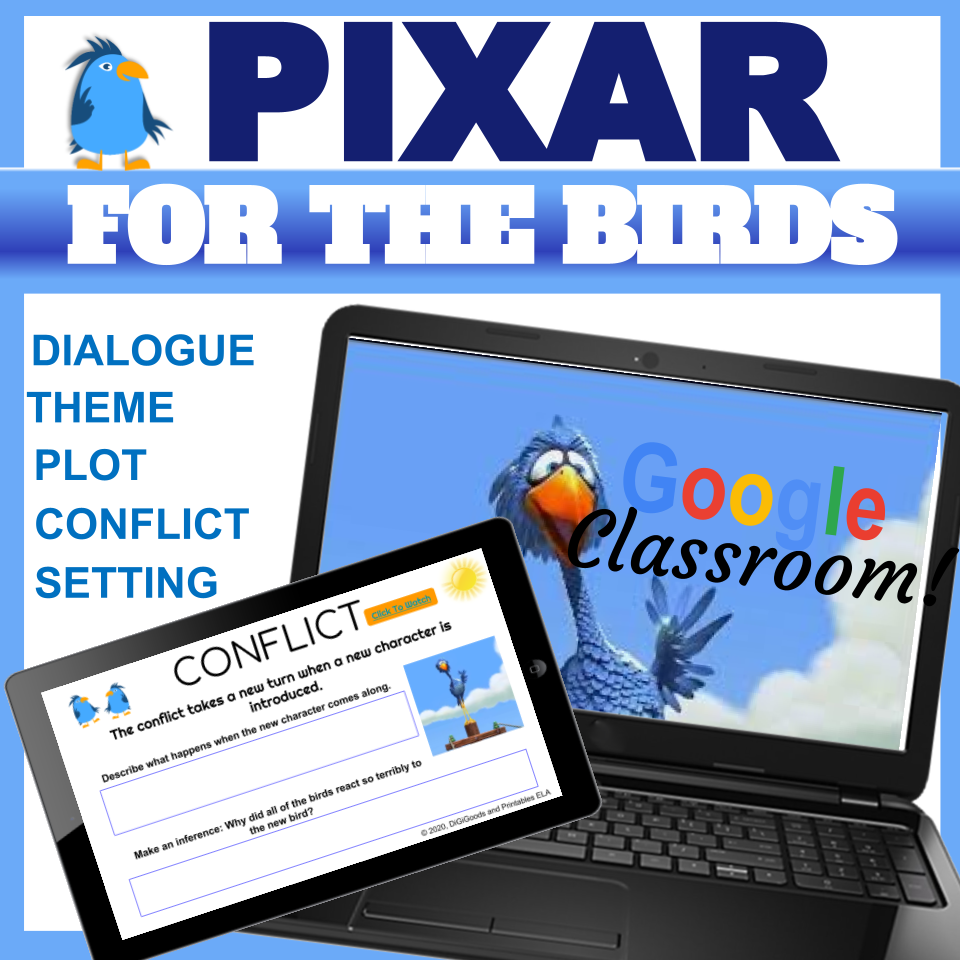
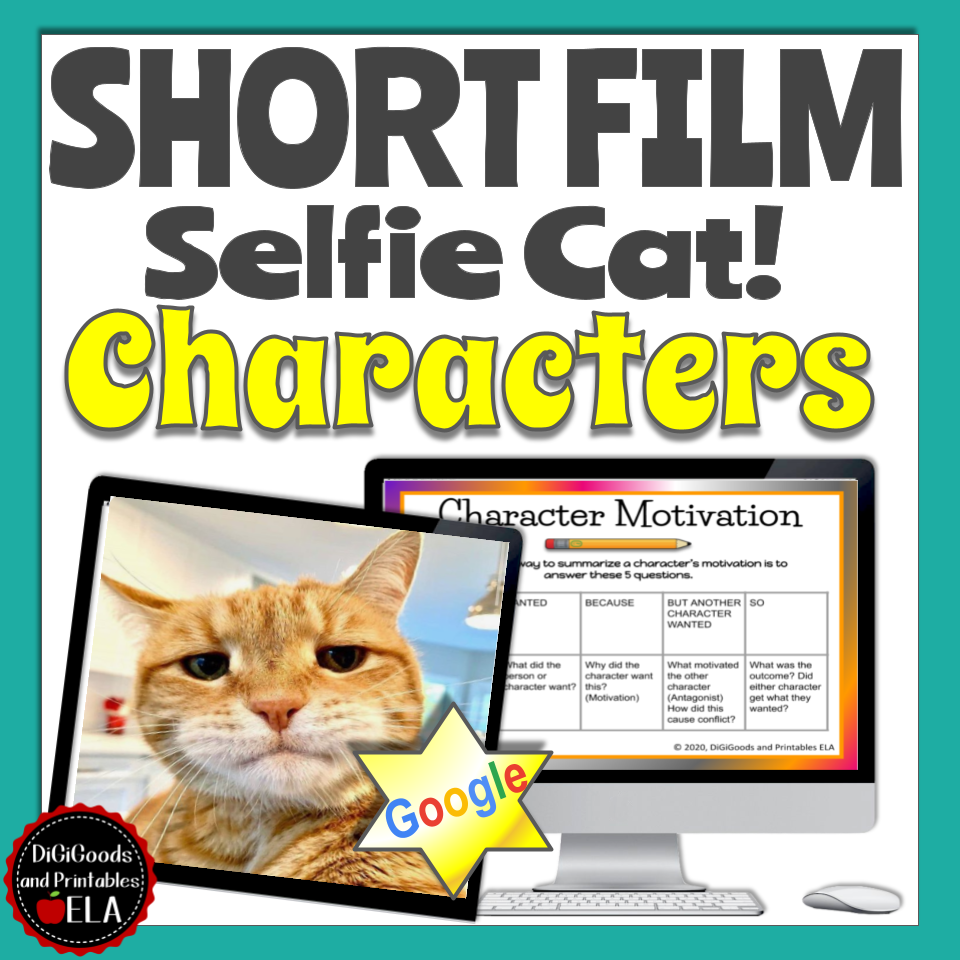
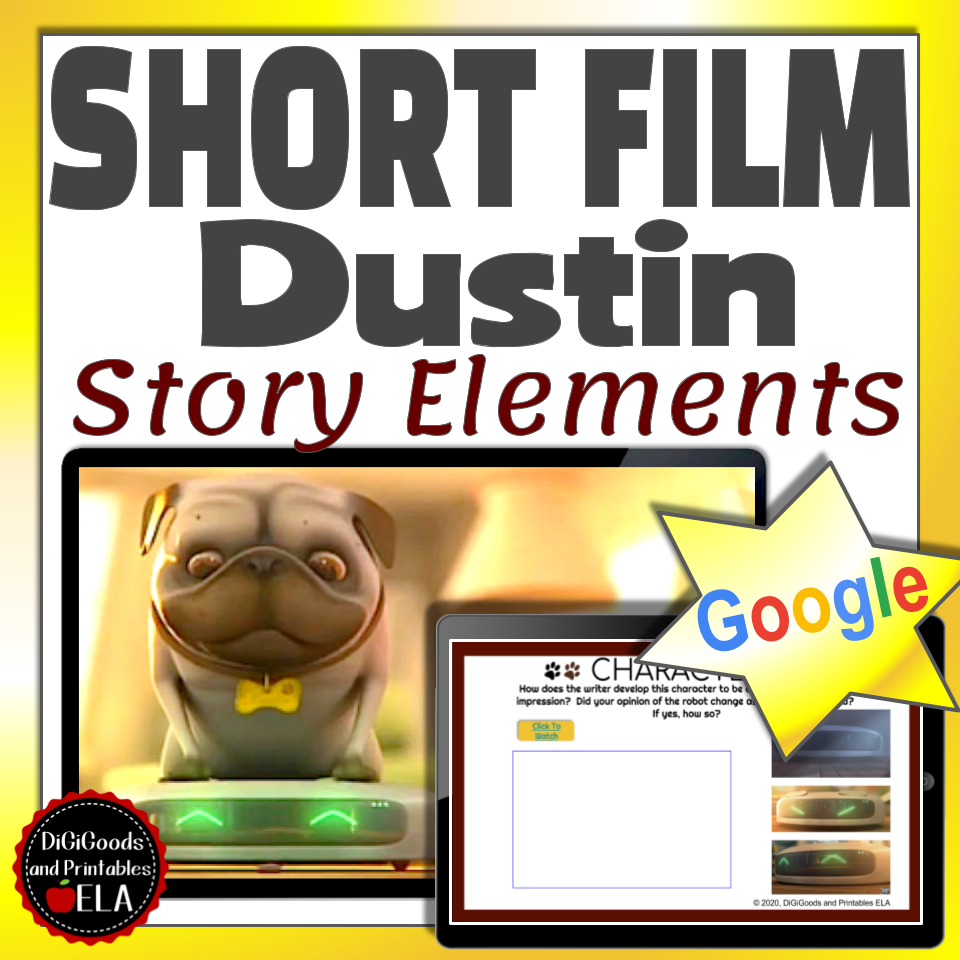

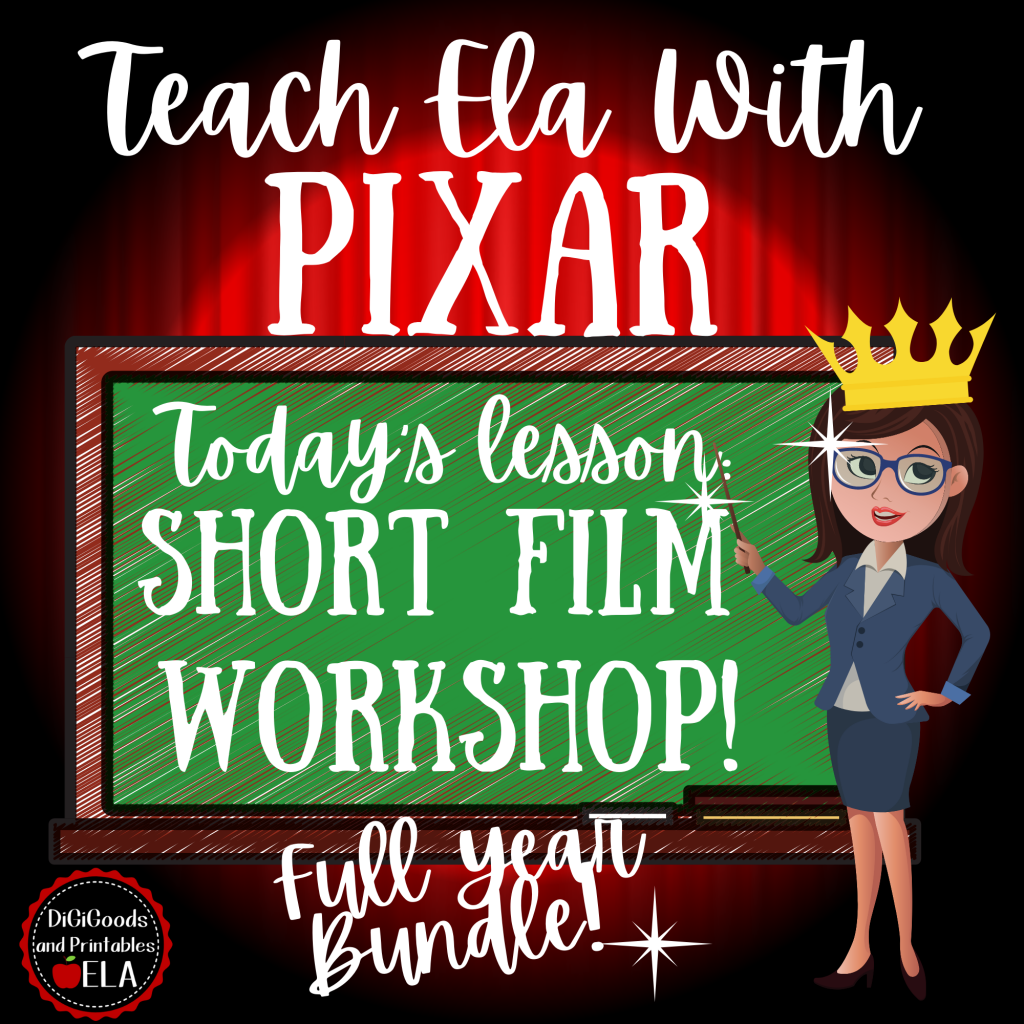
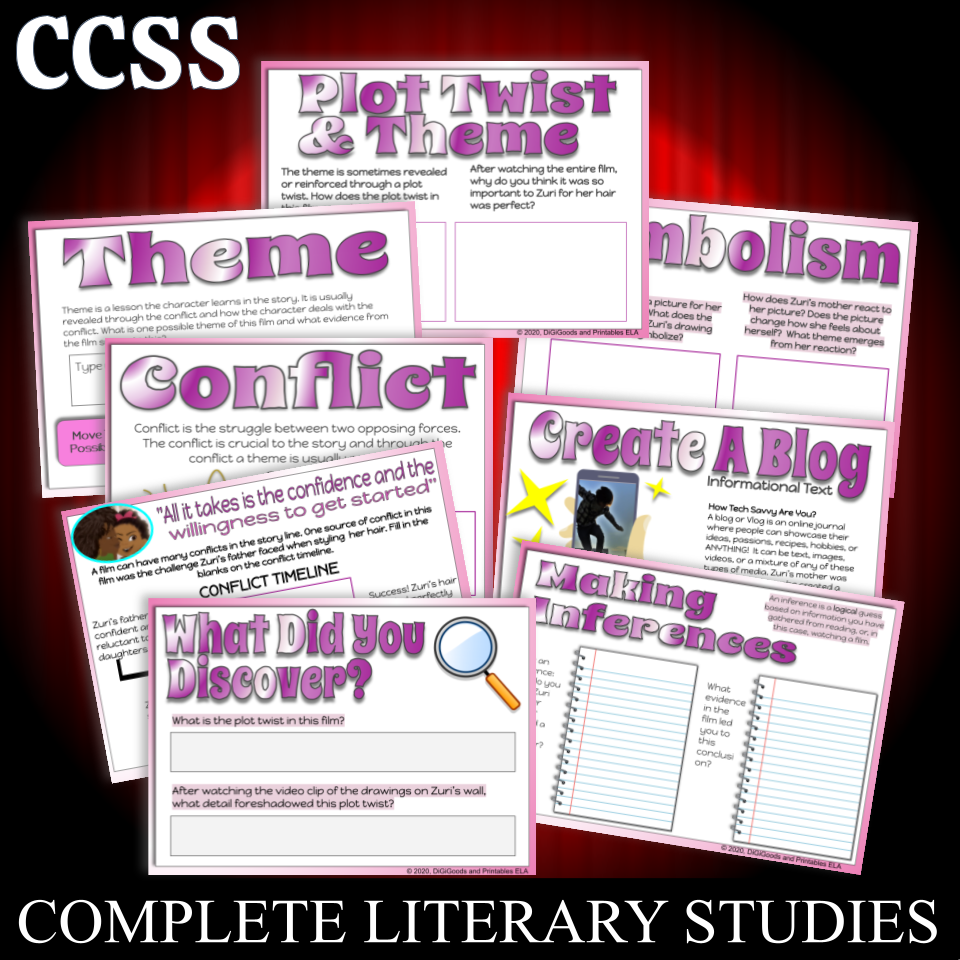
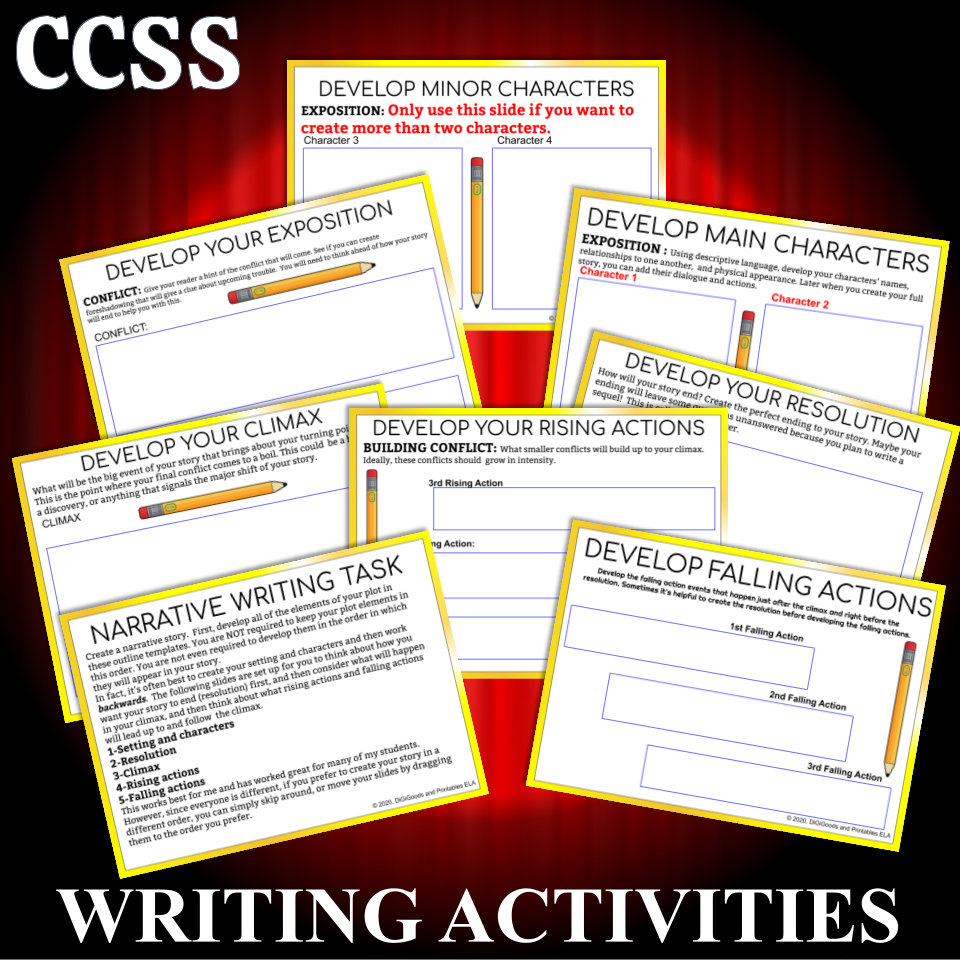
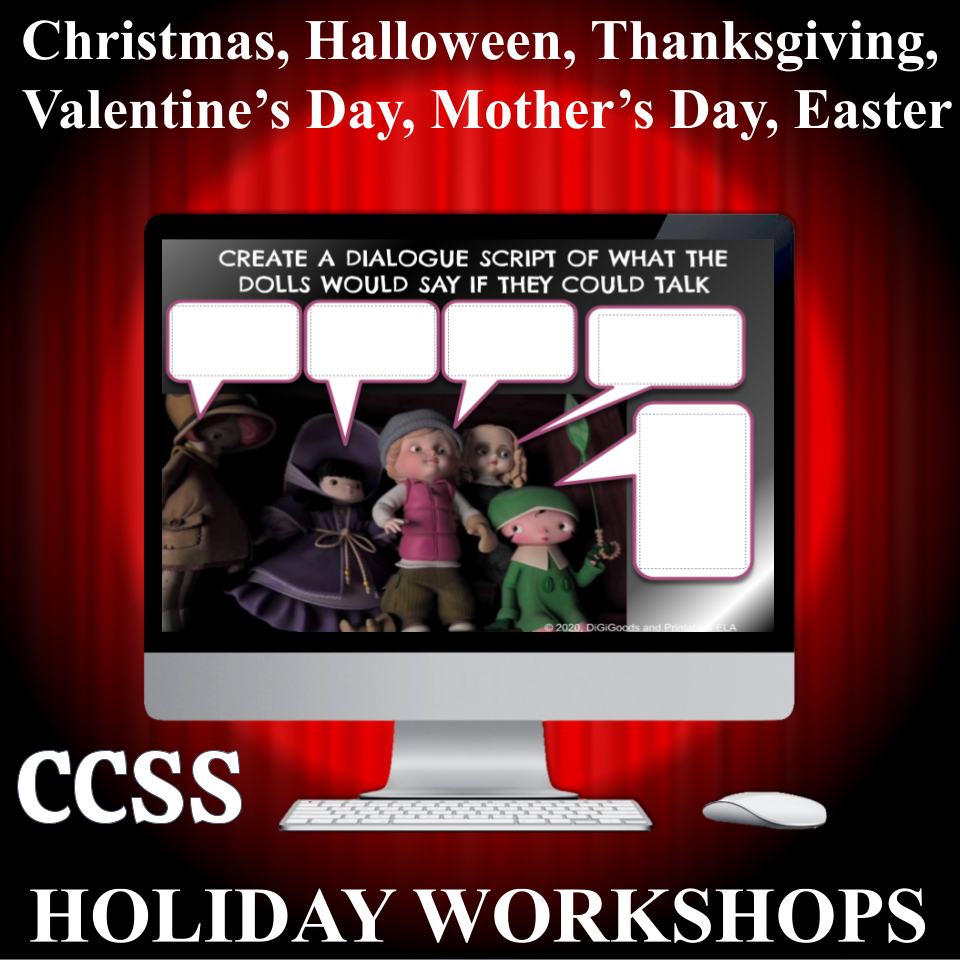
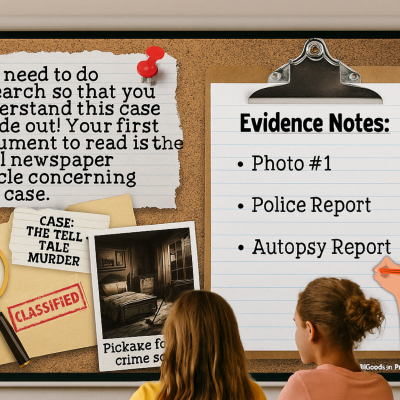


Leave a Reply